PCP finance agreements on cars normally last between three and five years. Once the agreement comes to an end, you have three options for what to do next.
We’ll cover each option in more detail below but, as a quick overview, when your PCP deal ends you can:
| Option | What that means |
| 1. Pay the final payment (aka ‘balloon’ payment) | You own the car outright and don’t make any more payments |
| 2. Put any positive equity towards buying a different car | You can get a different and/or newer car while offsetting some of the deposit |
| 3. Return the car | You stop making payments but you’ll no longer have the car |
1. Pay the final payment
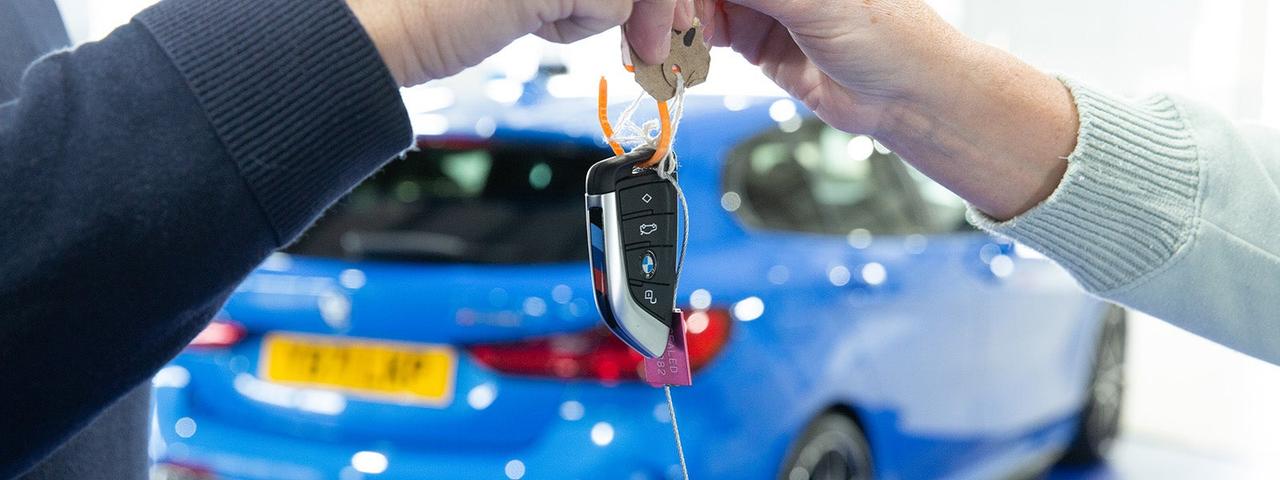
Your PCP agreement will include an optional final payment – often called a ‘balloon’ payment. When the agreement ends, you can pay the balloon payment to complete the purchase of the car. This will make you the car’s full legal owner, so you can keep it as long as you like and you’ll have nothing more to pay after this point.
The balloon payment will broadly be the same as your car’s guaranteed minimum future value (GMFV), which will also be set at the start of your finance agreement. You might find the car is actually worth more than its GMFV at the end of the agreement – in this case, you could pay the balloon to buy the car outright, then sell it elsewhere and pocket the difference.
Balloon payments are usually quite expensive – often several thousand pounds. If you’d like to buy the car, but don’t have that much money available in one go, talk to your finance provider about refinancing the balloon payment, so you can pay it off over a longer period. Alternatively, you could take out an unsecured bank loan to cover the balloon amount.
Our tips if you decide to pay the balloon payment
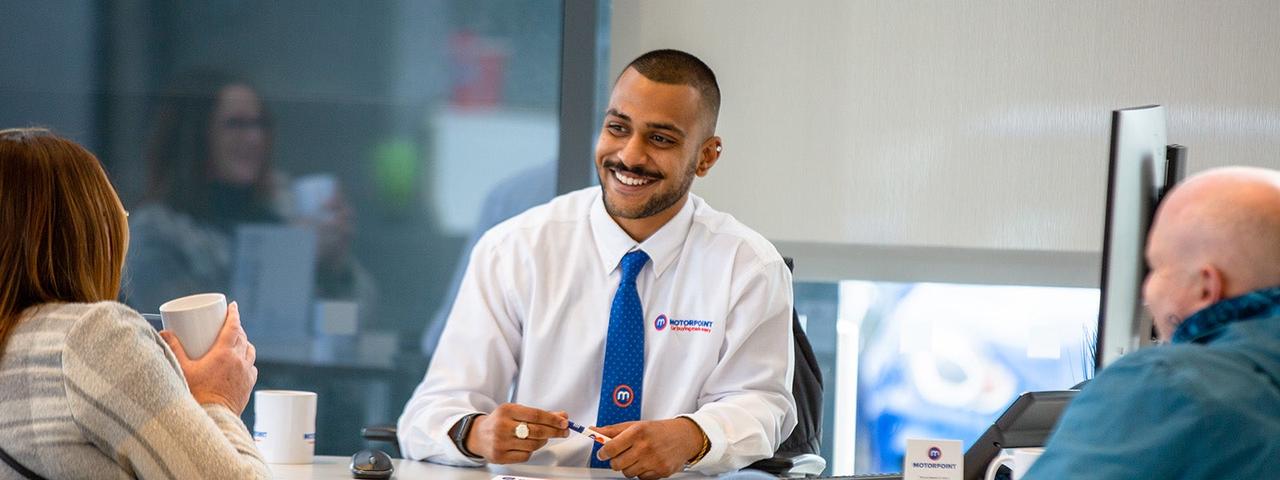
- Paying the balloon payment is usually the default option on PCP deals
- If you don’t confirm what end-of-deal option you want with your finance company, they will automatically try to take the payment
- This could see you default on the agreement if you don’t have the money available, potentially affecting your credit score
- Most finance companies will get in touch before the end of the deal, but we strongly suggest you contact them if you haven’t heard anything at least three months before the end of your PCP agreement
- Some finance providers may try to make their PCP monthly payments look more affordable by adding a larger balloon payment at the end
- This might be cheaper initially but means you’ll have to pay a much larger figure to own the car when compared against other providers
- You could also be left in negative equity
- Make sure to compare the balloon payments of different PCP deals so you’re not stuck with an unaffordable payment at the end of the agreement
Should you pay the balloon payment?
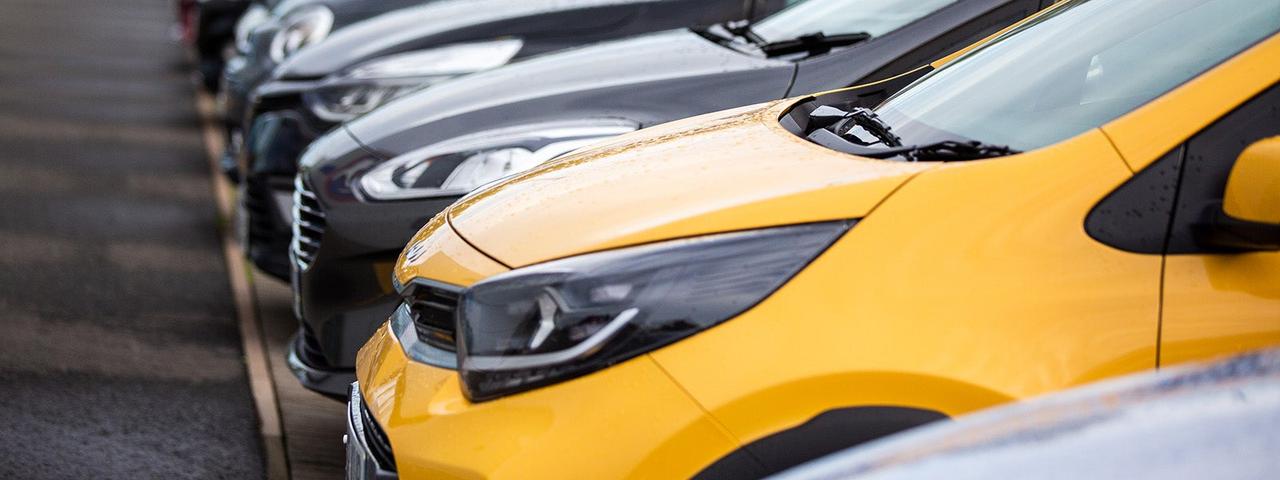
Paying the balloon payment is the best and only option if you want to keep the car. So, if you need personal transport to get to work or whisk the kids to school, and don’t want the expense of a new finance deal, this might be the best choice. Once the balloon is paid, the car is your property – you’ll owe nothing more and can keep it for as long as you like.
It’s also a good option if your car is worth more than its guaranteed minimum future value. In this case, you can put that extra money in your pocket by paying the balloon to buy the car outright, and then selling it to a third party. You can then use that cash to upgrade to a better car or put it towards any other expensive projects you have planned.
PCP finance deals include limits for mileage and acceptable wear-and-tear. If you opt not to buy the car and hand it back, you’ll have to pay for any extra miles covered or any damage you’ve caused. If you’ve gone far beyond these limits, it might be a better idea to pay the balloon and buy the car rather than face substantial fines from your finance provider. If you buy the car, limits to mileage and wear-and-tear no longer apply.
2. Put any positive equity towards buying a different car
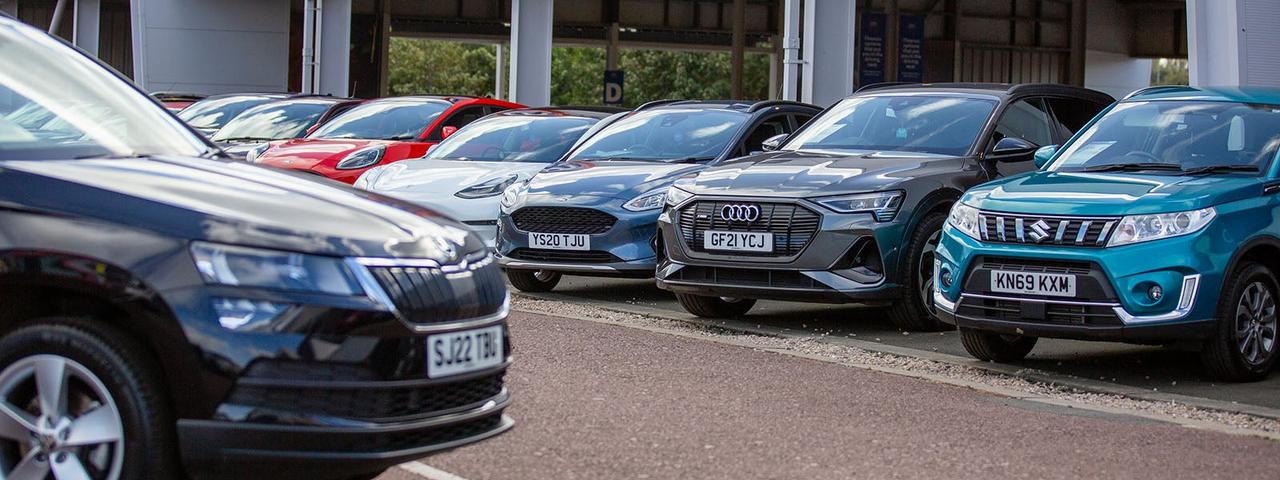
If you still need a car, but don’t want to pay the balloon and own your current model, you might be able to bundle any positive equity you’ve built up into a new finance agreement. Adding this equity to your new deal can reduce the size of your deposit or lower your monthly payments.
Positive equity is when your financed car is worth more at the end of the agreement than its guaranteed minimum future value (GMFV). Motorpoint can get you a quick and easy car valuation, which you can use as a guideline to see if your car will be worth more than its GMFV.
Your existing finance provider will probably get in touch towards the end of your agreement, at this point you can discuss how much positive equity you’ll have and what you can put that towards. However, you can also seek out finance deals with other providers – they will be able to establish the details of your current agreement, settle any remaining payments with the old provider and bundle whatever equity is left into your new agreement.
This option does mean you’re handing the old car back, so mileage and wear-and-tear limits will be enforced. Make sure you’re aware of these limits and how much it’s going to cost you if you’ve gone over them.
Should you put any equity towards a different car?
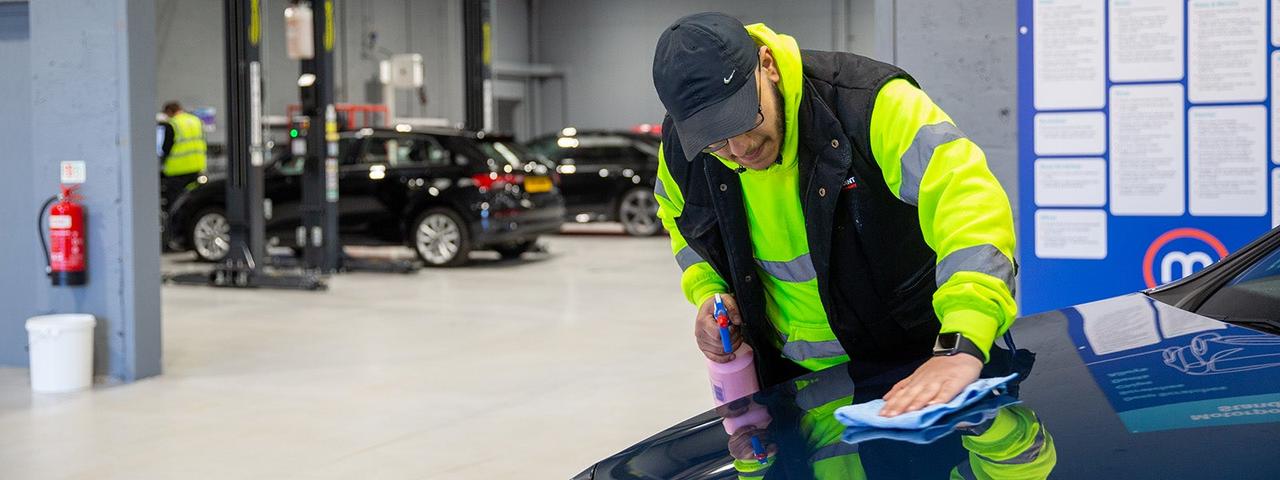
Bundling any positive equity into another finance agreement might be a good option if you’d like to upgrade your current car to something newer or more expensive. This means you keep paying monthly payments as usual but reduce the relative cost to upgrade compared to a buyer who doesn’t have a car to trade in.
This option will suit drivers who like to upgrade their car every few years. It’s also worth considering if you have an expanding family and find you now need a larger car.
Buyers who opt to pay the balloon and own their car might save money in the long run, but they’ll usually find their servicing and maintenance costs increase as the car gets older. As a result, drivers who want to avoid the hassle of keeping an older car on the road might also want to consider this option.
3. Return the car
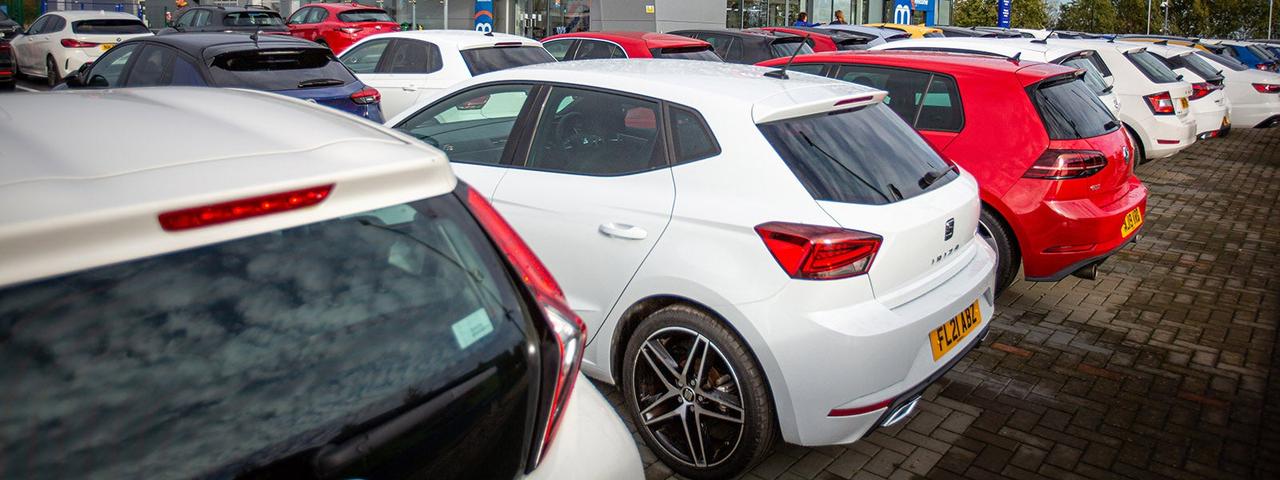
If you don’t want to pay the sizeable balloon payment and don’t want the expense of another finance agreement, the final option is to simply return the car to the provider at the end of the deal. At this point, you can walk away with nothing more to pay – even if the car’s in negative equity and is worth less than its guaranteed minimum future value.
The inevitable downside here is that you’ll no longer have a car, so you’ll have to find alternative transport options if you're commuting to work or tackling the school run. In addition, you’ll miss out on any positive equity you might have earned over the course of the finance agreement, which you could’ve used to make the next finance agreement more affordable.
Like option 2, you’re still handing the car back in this situation. That means you’ll have to pay an excess charge if it’s covered more miles than set out in your agreement or if there’s any wear-and-tear beyond agreed reasonable levels. If you’re substantially over these limits, it might be worth exploring buying the car outright and then selling it elsewhere to minimise your losses.
Should you return the car?
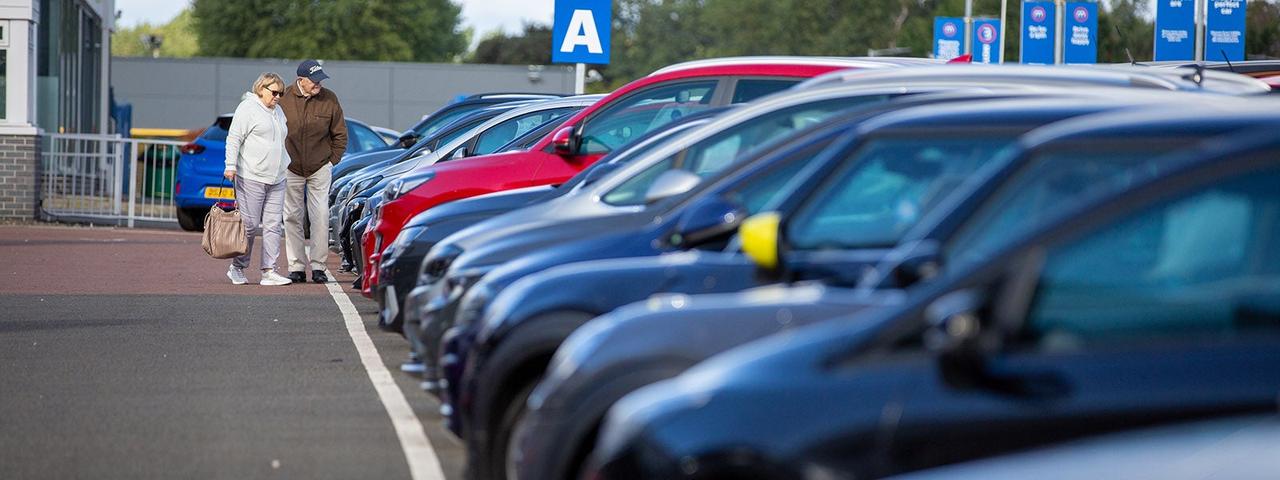
You should only consider handing the car back if you’re sure you no longer need a vehicle. This might be a good option for older drivers who are considering giving up their licence or for people whose circumstances have changed to mean a car is no longer a good option for them.
Handing the car back to the finance provider might also be a good idea if the car’s generated a lot of negative equity – in other words, it’s worth less than its guaranteed minimum future value. You’ll need to pay the negative equity back if you want to buy the car outright, so it might be better to hand it back and take out a fresh finance deal.
What happens if I exceed the mileage in my PCP agreement?
Mileage limits are set out in your PCP agreement when it’s first arranged. This figure is important because it directly affects how much money your car will be worth at the end of the agreement and, as a result, its guaranteed minimum future value.
You’ll be charged for any excess distance covered by the mile. For example, a 10p per mile excess charge will equate to a £50 penalty if you’ve gone 500 miles over your agreed limit. These charges can rise as high as 30p per mile, which can leave a substantial dent in your pocket if you stray above the limit.
To avoid this penalty, make sure you set up your PCP agreement with enough mileage to cover your expected annual usage.
If you’ve gone far above this number, you might want to consider paying the balloon payment to own the car outright. This bypasses any mileage or wear-and-tear payments owed to the finance company, allowing you to then either keep the car or sell it to recover your costs.
What happens if my PCP car is damaged or has parts missing?
If you hand your PCP financed car back to the provider at the end of the agreement – either to end the deal or to trade in its equity on another vehicle – you’ll be subject to mileage and wear-and-tear limits set out in your agreement. These charge an additional fee for every mile over the set limit, and for any repairs needed to bring the car up to an acceptable standard.
Most providers don’t expect a financed car to be totally spotless after several years of use, but they’ll make it clear in the agreement how much damage you can get away with before you’ll have to start paying for it.
You’ll also have to pay if any parts are missing. So keep track of your parcel shelf, removable cupholders and any other accessories that came with your vehicle. If there’s anything missing when you hand it back, you can expect a bill from your finance provider.



































